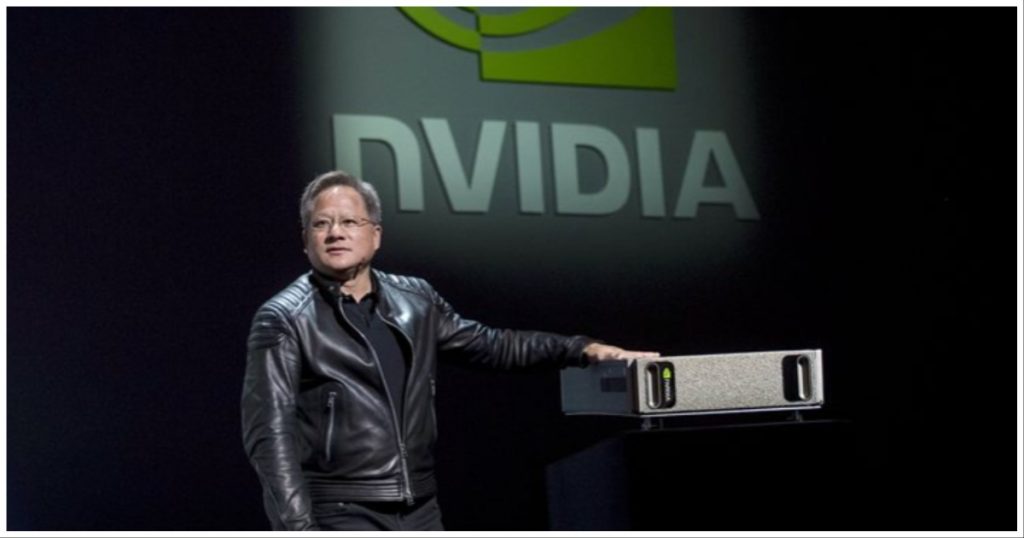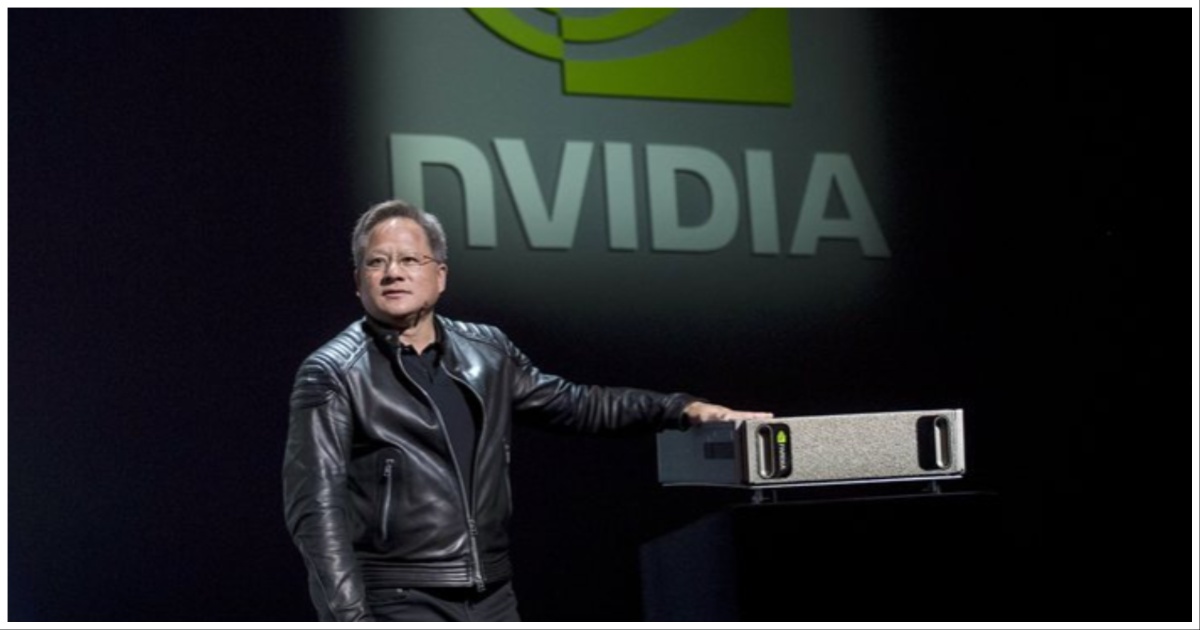The companies which have made it to the very top of the lists of the world’s most valuable companies had fundamentally shaped an industry — Google had created web search, Microsoft created desktop computing, and Apple transformed the mobile industry. NVIDIA, which is already very much on these lists, appears to have made a similar fundamental change.
Jensen Huang, the co-founder and CEO of NVIDIA, says that the company hasn’t just improved computing, but it’s fundamentally altered its very nature and potential. Huang’s remarks come at a time when demand for its AI-powering chips is outstripping supply and fuelling breakthroughs across sectors.

“We observed almost a decade and a half ago, reasoning from first principles of computer science, that deep learning and the algorithms associated with deep learning have a real chance of scaling into an approach to solve many different types of problems,” Huang said while accepting the 2025 Edison Achievement Award. “In the last 10 years, we’ve advanced computation and computation scale by nearly a million times. Moore’s Law would have been 100 times, and yet we were able to scale computation by extraordinary levels, leading to some incredible breakthroughs in artificial intelligence,” he added.
This long-term bet on a then-nascent field, made years before the current AI frenzy, was a strategic divergence from conventional thinking. The impact of this computational leap, according to Huang, is nothing short of transformative for both computing itself and its applications:
“We have not only reinvented computing; we have now reinvented what computers can do. And as a result of that, every single industry is affected. This is now going to be the single largest technology breakthrough that the world’s ever known. Every industry will be affected, every single industry will be impacted, every single industry will be revolutionized.”
These are bold claims, but recent events, from the explosion of generative AI tools like ChatGPT to AI’s growing role in scientific discovery, lend them significant weight. For decades, the Central Processing Unit (CPU) was the undisputed brain of computers. NVIDIA, initially known for graphics cards for gaming, recognized that the parallel processing architecture of its Graphics Processing Units (GPUs) was exceptionally well-suited for the complex, repetitive calculations required by AI and deep learning models. They invested heavily in developing the software (like CUDA) and hardware ecosystems to make GPUs accessible for general-purpose computing, particularly for AI workloads. This strategic pivot, focusing on accelerated computing, is a cornerstone of the current AI boom, as NVIDIA’s GPUs became the de facto standard for training and running large-scale AI models.
The consequence of this reinvented computing is, as Huang states, a reinvention of “what computers can do.” We are witnessing this in real-time. Generative AI models, powered largely by NVIDIA’s hardware, can write human-quality text, compose music, generate photorealistic images, and write code. Beyond generative AI, these advanced computational capabilities are accelerating drug discovery and bioinformatics, improving medical diagnostics through image analysis, powering autonomous vehicles, optimizing complex logistics and supply chains and creating new forms of digital art and entertainment. The “every single industry” claim is becoming increasingly plausible as AI tools permeate all sectors, promising unprecedented efficiency, innovation, and entirely new capabilities that were science fiction only a few years ago. From finance to manufacturing, and healthcare to retail, the potential for AI-driven transformation is vast, and NVIDIA has positioned itself as the engine driving much of this change.
